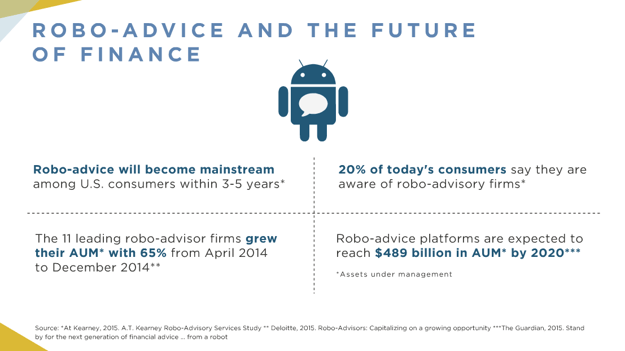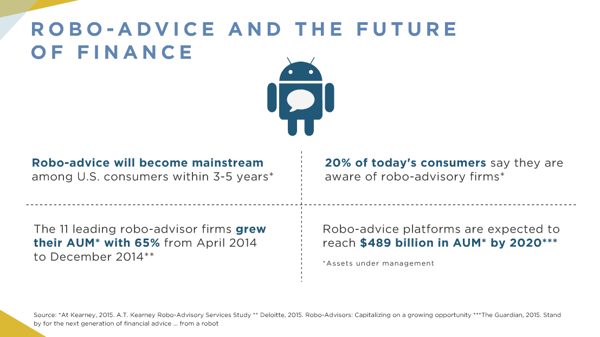Foresights and ideas that expand minds and inspire a change of heart.


Digital disruption is not new and it's been coming for all businesses – it has just been a matter of when and how big the disruption was going to be. So how can you respond now that we are living in a Post-Digital Disruption Society? How can your business take advantage of digital advances without losing your human touch?
Book pages that used to be turned by hand are now turned by a swipe, newspapers delivered to a doorstep are now delivered to a browser, and cash that used to live in a physical wallet now gets transacted via a digital wallet. Music encoded on vinyl and drama once aired on television can now be accessed – as opposed to owning – via digital streaming. And many businesses in these industries have seen their profits decimated as they digitised their analogue products and ended up with commodities customers weren’t willing to pay as much for. In other words, they were substituting analogue dollars for digital pennies.
Digital disruption has not just been coming for products, either, but also for services. This is because the internet is a digital disintermediator, giving consumers the power to shine a torch on the entire supply and value chain and question whether they could get a better price somewhere else, or whether a particular link in the chain is even necessary. We’ve seen intermediators such as travel agents, recruiters, mortgage brokers, real estate agents and financial advisors cut out as people move online to organise the service themselves or seek answers from their trusted digital community. Think of the move from human financial advisors to robo-advisors.

The internet has also democratised information, making it much more symmetrical (rather than asymmetrical). We have moved from information asymmetry to information symmetry! From knowing how the eggs at Hungry Jacks are sourced to finding out where the merino wool in your Icebreaker jumper comes from and how the producers work with the company, consumers are now much more empowered to make sure production values and brand stories align with their values.
The pace of change and disruption continues to be exponential. According to 2015 figures from Cap Gemini, 52 per cent of Fortune 500 businesses have gone bankrupt, been acquired or ceased to exist since 2000.
These companies, and the leading voices within them, failed to do three things:
So how can you make sure your company is still around in ten years? Use these five questions to start thinking about how you and your business can respond to digital disruption:
Don’t wait till your business is dead before you try to work out the trends you missed or opportunities you didn’t pursue. Instead, spot those trends and opportunities now and start taking advantage of them.
For more on these ideas of digital disruption and seamless business transformation, have a look at my books Digilogue and Seamless by clicking below.

Header Text
Lorem ipsum dolor sit amet, consectetur adipiscing elit, sed do eiusmod tempor incididunt ut labore et dolore magna aliqua. Ut enim ad minim veniam, quis nostrud exercitation ullamco laboris nisi ut aliquip ex ea commodo consequat. Duis aute irure dolor in reprehenderit in voluptate velit esse cillum dolore eu fugiat nulla pariatur.
Lorem ipsum dolor sit amet, consectetur adipiscing elit, sed do eiusmod tempor incididunt ut labore et dolore magna aliqua. Ut enim ad minim veniam, quis nostrud exercitation ullamco laboris nisi ut aliquip ex ea commodo consequat. Duis aute irure dolor in reprehenderit in voluptate velit esse cillum dolore eu fugiat nulla pariatur.
Lorem ipsum dolor sit amet, consectetur adipiscing elit, sed do eiusmod tempor incididunt ut labore et dolore magna aliqua. Ut enim ad minim veniam, quis nostrud exercitation ullamco laboris nisi ut aliquip ex ea commodo consequat. Duis aute irure dolor in reprehenderit in voluptate velit esse cillum dolore eu fugiat nulla pariatur.

Header Text
Lorem ipsum dolor sit amet, consectetur adipiscing elit, sed do eiusmod tempor incididunt ut labore et dolore magna aliqua. Ut enim ad minim veniam, quis nostrud exercitation ullamco laboris nisi ut aliquip ex ea commodo consequat. Duis aute irure dolor in reprehenderit in voluptate velit esse cillum dolore eu fugiat nulla pariatur.
Lorem ipsum dolor sit amet, consectetur adipiscing elit, sed do eiusmod tempor incididunt ut labore et dolore magna aliqua. Ut enim ad minim veniam, quis nostrud exercitation ullamco laboris nisi ut aliquip ex ea commodo consequat. Duis aute irure dolor in reprehenderit in voluptate velit esse cillum dolore eu fugiat nulla pariatur.
Lorem ipsum dolor sit amet, consectetur adipiscing elit, sed do eiusmod tempor incididunt ut labore et dolore magna aliqua. Ut enim ad minim veniam, quis nostrud exercitation ullamco laboris nisi ut aliquip ex ea commodo consequat. Duis aute irure dolor in reprehenderit in voluptate velit esse cillum dolore eu fugiat nulla pariatur.

Header Text
Lorem ipsum dolor sit amet, consectetur adipiscing elit, sed do eiusmod tempor incididunt ut labore et dolore magna aliqua. Ut enim ad minim veniam, quis nostrud exercitation ullamco laboris nisi ut aliquip ex ea commodo consequat. Duis aute irure dolor in reprehenderit in voluptate velit esse cillum dolore eu fugiat nulla pariatur.
Lorem ipsum dolor sit amet, consectetur adipiscing elit, sed do eiusmod tempor incididunt ut labore et dolore magna aliqua. Ut enim ad minim veniam, quis nostrud exercitation ullamco laboris nisi ut aliquip ex ea commodo consequat. Duis aute irure dolor in reprehenderit in voluptate velit esse cillum dolore eu fugiat nulla pariatur.
Lorem ipsum dolor sit amet, consectetur adipiscing elit, sed do eiusmod tempor incididunt ut labore et dolore magna aliqua. Ut enim ad minim veniam, quis nostrud exercitation ullamco laboris nisi ut aliquip ex ea commodo consequat. Duis aute irure dolor in reprehenderit in voluptate velit esse cillum dolore eu fugiat nulla pariatur.
& STAY UP TO DATE WITH FORESIGHTS AND TREND REPORTS!
WE WILL EQUIP YOU WITH THE VIDEOS AND MATERIALS YOU NEED TO SUCCESSFULLY PITCH ASN.
0 Comment